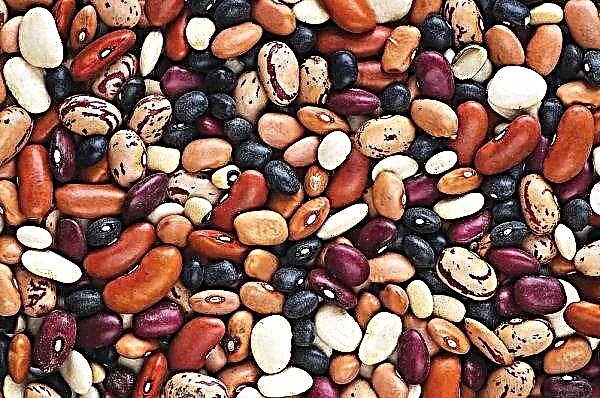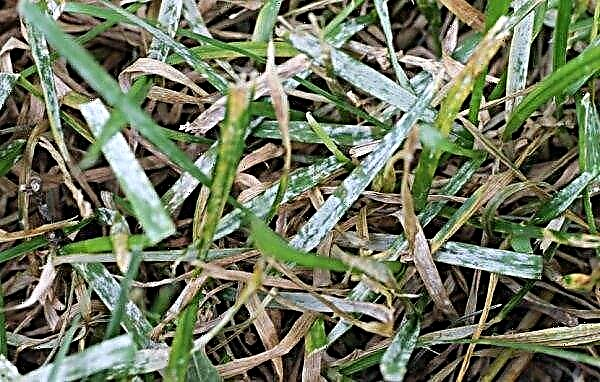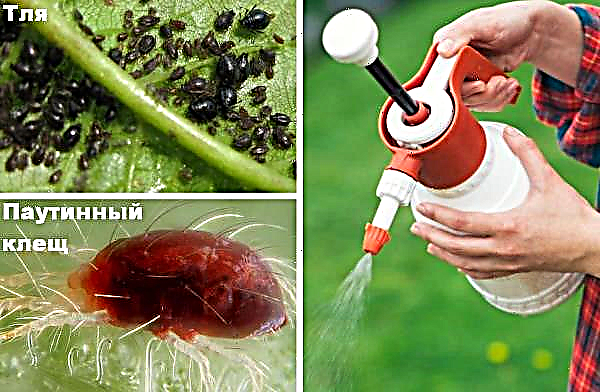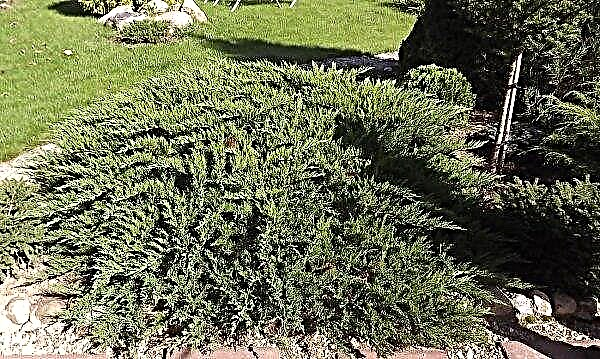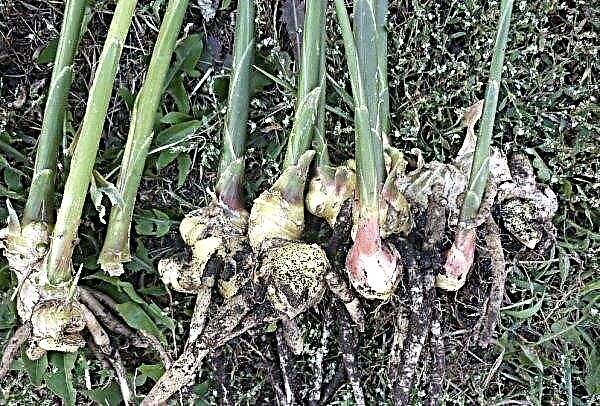Landscaping is a time-consuming process that requires a lot of effort. So that they do not disappear in vain, in the future it is necessary to constantly care not only for the plants decorating the exterior, but also for the lawn. In addition to other care measures (mowing grass, weeding, watering), the soil must be subjected to aeration. Description of soil ventilation methods and instructions for self-manufacturing aerators will help maintain the site in a well-groomed condition.
Need aeration
Over time, the topsoil coalesces, as a result of which the access of oxygen, moisture and nutrients to the roots of the plants is blocked. The result is the appearance on the lawn of areas in which the grass is either completely absent or grows very slowly. To prevent this from happening, the land must be periodically ventilated.

The need for additional aeration increases in the summer, during the period of drought, as the plants suffer from a lack of moisture. In this case, after irrigation, the earth must be additionally loosened to facilitate access of water and oxygen to the roots. In spring and autumn, when the frequency of precipitation increases, a large amount of moisture accumulates in the soil. Because of this, the roots begin to rot, and the plants die. Ventilation allows you to artificially dry the ground.
Important! Clay soils have a very high density, so they need deep aeration at least twice a year.
Aeration is an important procedure in agriculture, since fertility, and hence the yield of fields, depends on it. After irrigation, farmers must loosen the soil so that the earth is sufficiently saturated with moisture. In the rainy and driest months, airing is also indispensable. To do this, the earth is weathered several times a season.

Methods of soil aeration:
- piercing. Aeration work in this way is carried out in the fall. For this, the soil must be punctured to a depth of 8 cm. The procedure is considered effective in waterlogged as well as trampled areas;
- pricking. The procedure is carried out either in the summer, during a drought, or in the spring, when it often rains. At the same time, the topsoil is pierced to a depth of 4 cm. The procedure is necessary to loosen the compacted soil.
Types of aerators
Land in the garden or garden can be loosened using a garden rake. However, such coarse tools will not work for the lawn. For these purposes, two types of aerators are used: automated (for large areas) and mechanical, designed to ventilate a small area of the lawn.
Automated mechanisms are equipped with engines that run on gasoline. Such aerators are compact, maneuverable and capable of processing large areas in one session. The operation of these devices is complicated by their maintenance.
Electric aerators are a little easier to use, however, the processing area depends on the length of the cable. The advantage of this device is its environmental friendliness and noiselessness.
Mechanical types of aerators:
Aerators for large areas as well as for small ones can be made with your own hands.
DIY making
Handmade aerators are distinguished by a gentle effect on the soil surface. Such devices allow you to ventilate the soil without injuring the vegetation. Self-made aerators can be used both for processing large areas, and for relatively small areas.
You can make them from improvised materials. The following is a step-by-step instruction for the manufacture of do-it-yourself aeration devices. The proposed recommendations for their use will facilitate the care of the lawn.
Roller aerator
You can use a roller aerator to handle a large area. Such a device does not imply a load on the legs, unlike sandals and a foot rake, which allows you to loosen the soil over a vast area without much physical effort. You can make it yourself.
Important! Use a roller aerator very carefully so as not to get injured on sharp spikes.
To do this, you will need:
- a pipe of any diameter 1 m long;
- nails or self-tapping screws with a length of at least 10 cm (20-30 pcs.);
- bearings or small wheels (2 pcs.);
- wooden stick (can be removed from a mop or rake);
- metal bracket and roller.
The length of the shaft must match the width of the pipe. Of the tools you need a welding machine.
Step-by-step instruction:
- Fill the pipe cavity with gravel or sand.
- To weld nails with caps to the outer surface of the pipe.
- Insert a metal shaft through the pipe cavity and weld a bracket to it.
- Attach bearings to shaft ends.
- Install a wooden stick, securing it to the handle of the bracket.
 A ready-made device needs to treat the lawn, like a skating rink - to roll the surface of the earth.
A ready-made device needs to treat the lawn, like a skating rink - to roll the surface of the earth.
Sandals for aeration
With this method of aeration, the main load falls on the legs, so it is suitable for processing relatively small areas. To make such a lawn aerator, you will need the following materials: plywood, nails, hammer, rope or elastic band.
Step-by-step instruction:
- To a sheet of plywood, attach a pair of shoes in which lawn care is carried out. Then circle the soles with a pencil and cut out the resulting traces.
- Drive the nails with a hammer on the side of the sole that will be applied to the shoe.
- Attach the sole to the shoe with a rope or rubber band with spikes outward.
The resulting aeration sandals need to be worn before walking the lawn and walking on it. This method is budgetary, but quite effective. Suitable for airing a small area.
Did you know? One of the newest types of aeration is a special hydrogel. The ability of granular crystals to compress and expand significantly improves the quality of aeration and soil moisture.
A beautiful, well-kept lawn is the result of hard work. To maintain its appearance in order, it is necessary to regularly carry out work on aeration of the site, facilitating the access of oxygen, water and the necessary nutrient components for the full growth of plants.



